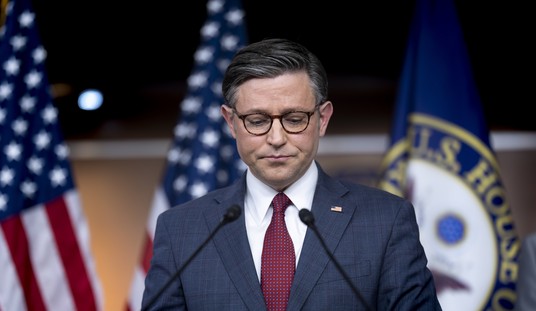After Omar Mateen used a Sig Sauer MCX rifle in an attack on an Orlando nightclub that left 49 people dead, USA Today urged Congress to "ban assault weapons now." The paper's editorial board said such firearms must be prohibited because they are "accurate and quick, firing with just the twitch of a finger."
Like most people who want to ban "assault weapons," including Barack Obama and Hillary Clinton, USA Today's editorialists do not know what they are. They assume the category is defined by features that make guns especially lethal in the hands of mass murderers. It isn't.
On Monday, the Supreme Court declined to hear two cases challenging "assault weapon" bans enacted by New York and Connecticut after the 2012 massacre at Sandy Hook Elementary School. Both laws ban semiautomatic rifles that accept detachable magazines if they have one or more "military-style" features.
New York's list of prohibited features includes folding or telescoping stocks, thumbhole stocks, pistol grips, second handgrips or protruding grips that can be held by the nontrigger hand, bayonet mounts, threaded barrels, flash suppressors, muzzle brakes, and grenade launchers. Connecticut's list is similar, but it excludes bayonet mounts, muzzle brakes, and threaded barrels.
An expanded version of the federal "assault weapon" ban that expired in 2004, sponsored by Sen. Dianne Feinstein (D-Calif.), takes the same approach. Its list of forbidden rifle features includes rocket launchers and barrel shrouds along with pistol grips, forward grips, folding or telescoping stocks, and threaded barrels, but it omits bayonet mounts, muzzle brakes, and flash suppressors.
As you can see, the definition of "assault weapon" is pretty arbitrary. With the exception of grenade and rocket launchers, which require illegal "destructive devices" to be of any use, these features have little or nothing to do with a gun's deadliness in the context of a mass shooting.
Recommended
Contrary to what USA Today implies, "assault weapons" are not uniquely accurate, they fire no faster than any other semiautomatic, and they are not unusual in "firing with just the twitch of a finger," which any gun with a trigger will do. Nor are they distinguished by especially large rounds, by especially high muzzle energy, or by the ability to accept detachable magazines, which many guns that are not considered "assault weapons" can do.
In fact, one of the main reasons the U.S. Court of Appeals for the 2nd Circuit gave for ruling that the New York and Connecticut "assault weapon" bans do not violate the Second Amendment was that law-abiding gun owners have plenty of equally satisfactory alternatives. So do mass shooters, who overwhelmingly prefer handguns to the military-style rifles that are supposedly their "weapon of choice."
The appeals court nevertheless deferred to the judgment of state legislators, arguing that the constitutional cost of doing so was slight. Unlike the local handgun bans overturned by the Supreme Court, the 2nd Circuit said, "the statutes at issue do not ban 'an entire class of arms,'" which "makes the restrictions substantially less burdensome."
The appeals court reached that conclusion with help from the plaintiffs challenging the laws, who argued that "there is no class of firearms known as 'semiautomatic assault weapons' -- a descriptor they call purely political in nature." In other words, "assault weapon" bans are constitutional not in spite of their arbitrariness but because of it.
The Washington Post, which has been editorializing in support of "assault weapon" bans for more than two decades, also sees an advantage to their lack of logic. After Congress enacted the federal ban in 1994, the Post called the law "mainly symbolic," saying "its virtue will be if it turns out to be, as hoped, a stepping stone to broader gun control."
The mechanism for achieving "broader gun control" is the recognition that "assault weapons" account for a tiny share of gun homicides and that many other firearms are just as deadly -- points that advocates of a ban are keen to obscure for the time being.

























Join the conversation as a VIP Member